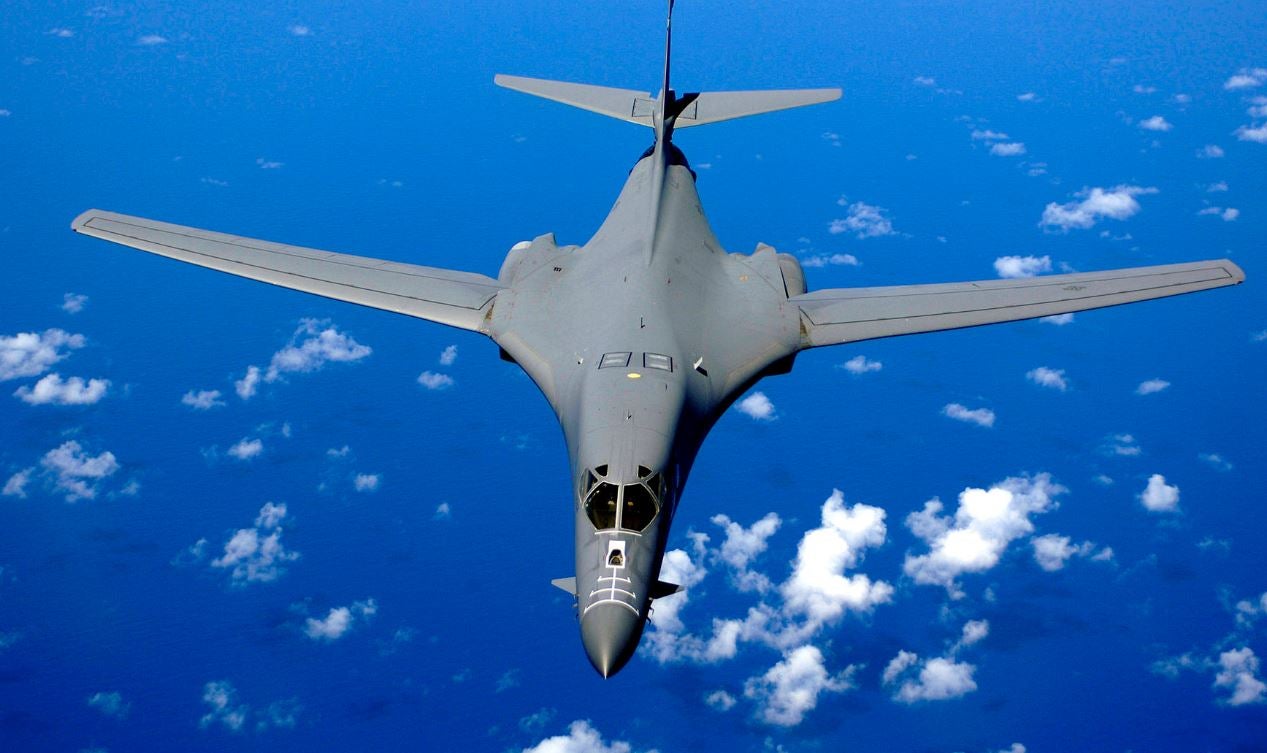Where is Guam and why is it at the centre of the US-North Korea nuclear war threat?
Strategically important US island has a population of around 162,700

Your support helps us to tell the story
From reproductive rights to climate change to Big Tech, The Independent is on the ground when the story is developing. Whether it's investigating the financials of Elon Musk's pro-Trump PAC or producing our latest documentary, 'The A Word', which shines a light on the American women fighting for reproductive rights, we know how important it is to parse out the facts from the messaging.
At such a critical moment in US history, we need reporters on the ground. Your donation allows us to keep sending journalists to speak to both sides of the story.
The Independent is trusted by Americans across the entire political spectrum. And unlike many other quality news outlets, we choose not to lock Americans out of our reporting and analysis with paywalls. We believe quality journalism should be available to everyone, paid for by those who can afford it.
Your support makes all the difference.Pyongyang has announced it is examining plans to attack the island of Guam - a strategically important US territory in the western Pacific Ocean - in statement that emerged hours after Donald Trump threatened North Korea “with fire and fury”.
The President’s threat followed reports suggesting North Korea has created a nuclear missile small enough to be fitted to an intercontinental ballistic missile.
But where is the remote island of Guam, and why is it at the centre of escalating tensions between Washington DC and Pyongyang?
Where is Guam?
Guam is a tiny remote island in the western Pacific Ocean, with a population of around 162,700.
It is part of the US territory in Micronesia, situated about three quarters of the distance between Hawaii and the Philippines. It is the largest of the Mariana Islands archipelago.
What is the island’s history?
The island’s indigenous Chamorro people are believed to have settled on the island around 4,000 years ago.
Guam was colonised by Spain in 1668 until the end of the Spanish-American war, when the country ceded the island to the US. The island was invaded and occupied by Japanese forces between 1941 and 1944 during the Second World War, before it returned to American rule. All people born on the island are US citizens.
Why is Guam a strategically important island for the US?
According to the CIA, the military installations on the island are “some of the most strategically important US bases in the Pacific”.
It has been a significant military outpost for America since he Second World War and reportedly holds around 6,000 troops, the Anderson Air Force Base and the Naval Base Guam. The island is referred to by military commanders as their “permanent aircraft carrier”, according to ABC.

The military bases have rotations of B-1, B-2 and B-52 strategic bombers, as seen in the above graphic, created for The Independent by statistics agency Statista, and include a submarine squadron.
It is also armed with a defence system that can intercept missiles, known as the Terminal High Altitude Area Defense (THAAD).
Why has North Korea threatened strike there?
The North Korean army issued a statement on Wednesday claiming it was studying a plan to create an “enveloping fire” in areas around Guam with medium- to long-range ballistic missiles.
The country has made several claims in recent years that the island is within its missiles’ striking distance, releasing threatening statements each time the US flew powerful bombers from Guam’s airbase over the Korean Peninsula, which it did on Monday.

In August last year, Kim Jong Un’s Foreign Ministry warned that all US military bases in the Pacific including Guam would "face ruin in the face of all-out and substantial attack" by its military. In 2013, state media reported the North Korean leader had ordered his military to prepare plans for launching strikes on US military bases in Guam, Hawaii, South Korea and the American mainland.
What does the future hold for Guam?
White House officials have assured Guam’s governor, Eddie Calvo, that there has been no change in the threat level to the island, saying it is prepared for “any eventuality”.
Madeleine Bordallo, Guam’s US Congresswoman, said that while these threats were common, they are not taken lightly.
“North Korea’s most recent threat to target Guam is dangerous and it further heightens tensions in our region,” she said. “While we have heard threats like this in the past, I take them very seriously.”
Additional reporting by Associated Press
Join our commenting forum
Join thought-provoking conversations, follow other Independent readers and see their replies
Comments